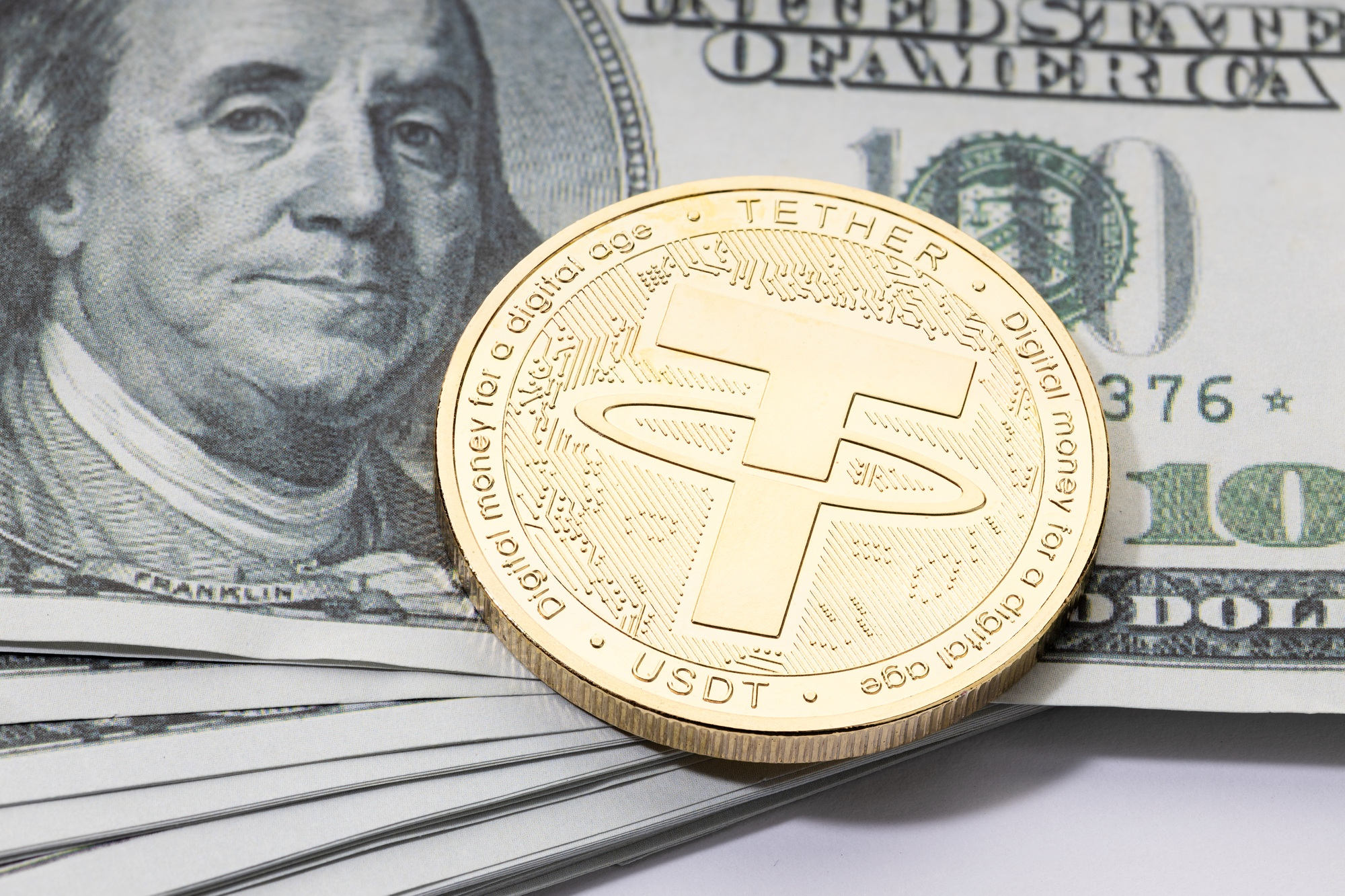Don’t put all your eggs in one basket—an idiom Tether seemingly takes to heart. In just two days this April, the stablecoin giant unveiled two major moves: teaming up with Bitfinex, SoftBank, and Cantor Fitzgerald to launch a Bitcoin-focused public company, Twenty One Capital, and increasing its ownership stake in Italian football club Juventus to over 10%.
These announcements mark just the latest steps in Tether’s aggressive push to diversify beyond its flagship USDT stablecoin. This strategy could prove critical as regulatory pressure mounts across major markets.
USDT
Tether launched the USDT stablecoin in 2014. It soon became the biggest stablecoin issuer, while USDT grew into one of the five biggest cryptocurrencies in market cap.
At one point, USDT was a leading token in terms of trading volume. At different times, it was accountable for 50% to 80% of all Bitcoin trades.
Moreover, USDT plays a vital role in cryptocurrency onboarding, as many crypto exchanges don’t have fiat-to-crypto and crypto-to-fiat pairs. USDT is a USD substitute, providing a predictable trading instrument aligned with the USD value.
Companies also execute cross-border payments using USDT, which is backed by U.S. Treasury bills. And Tether holds most of them. Last year, Tether bought $33.1 billion worth of the U.S. Treasury securities, making it the seventh biggest foreign net buyer, surpassing Mexico, Canada, Taiwan, and others.
You might also like:
El Salvador ends Bitcoin as legal tender — Here’s why it didn’t work
Tether abroad
Initially registered in the British Virgin Islands, Tether, as of January, moved its headquarters to El Salvador — the first country to adopt Bitcoin as legal tender. Ironically, shortly after Tether relocated, El Salvador’s Congress killed Bitcoin’s legal tender status.
Still, USDT remains a vital payment instrument, particularly in regions with low debit card penetration or sanctioned jurisdictions. In Africa, USDT serves both as a savings asset and a remittance tool. Countries like Russia and Iran use USDT alongside other cryptocurrencies for foreign trade to dodge sanctions.
However, Tether’s stablecoin faces real-time legal and regulatory challenges. For example, Tether’s refusal to comply with the European Union’s new Markets in Crypto Assets (MiCA) law led to the removal of USDT from platforms like Coinbase, Kraken, Binance, and Crypto.com for EU customers.
In addition, emerging crypto regulation in the U.S. could further threaten USDT’s dominance, especially as President Trump’s cryptocurrency company, World Liberty Financial, plans to launch its own stablecoin.
To adapt to these new realities, Tether is reportedly considering the launch of a new stablecoin designed to comply with stricter regulatory frameworks.







